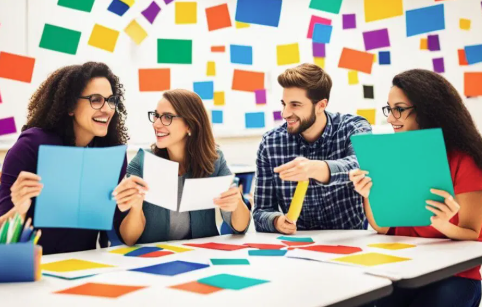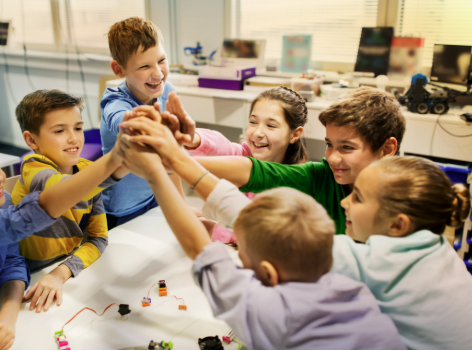In today’s digital learning environments, personalized instruction is made more effective with the help of real-time feedback tools. These tools provide immediate insights into student understanding, allowing teachers to adjust instruction and students to self-correct. When used thoughtfully, real-time feedback enhances learning outcomes, supports student confidence, and promotes active engagement.
The Power of Immediate Response
Traditional assessments often involve delays between task completion and feedback. Real-time tools close this gap by giving instant responses to student input. Whether through quizzes, polls, or interactive platforms, this immediate feedback helps learners identify mistakes and correct misconceptions before they become ingrained.
Supporting Individual Learning Paths
Every student learns at a different pace. Real-time feedback allows educators to pinpoint areas where students may need extra help or additional challenges. This enables a more tailored approach, where students receive guidance that fits their current level and learning goals. It also helps teachers make informed decisions about grouping, pacing, and instructional strategy.
Encouraging Student Ownership
When students receive real-time feedback, they can take a more active role in their learning process. Digital tools often present performance data visually, helping learners track their progress and set personal goals. This sense of ownership motivates students to engage more deeply with the content and persist through challenges.
Enhancing Engagement with Technology
Modern feedback tools, such as game-based learning platforms, live response apps, and collaborative whiteboards, make learning more interactive and enjoyable. Students often respond positively to tools that are visually appealing and easy to use. These tools can transform routine lessons into dynamic learning experiences that maintain student interest.
Integrating Feedback into Daily Instruction
To maximize effectiveness, feedback tools should be embedded into regular classroom routines. Teachers can use them to check for understanding during lessons, guide group activities, or assess exit tickets. Consistent use normalizes feedback as a helpful and expected part of learning, rather than something reserved for major assessments.
Conclusion
Real-time feedback tools are a powerful complement to personalized learning strategies. They promote clarity, responsiveness, and individual growth in the classroom. By leveraging these tools effectively, educators can ensure that every student receives the support they need to reach their full potential.














